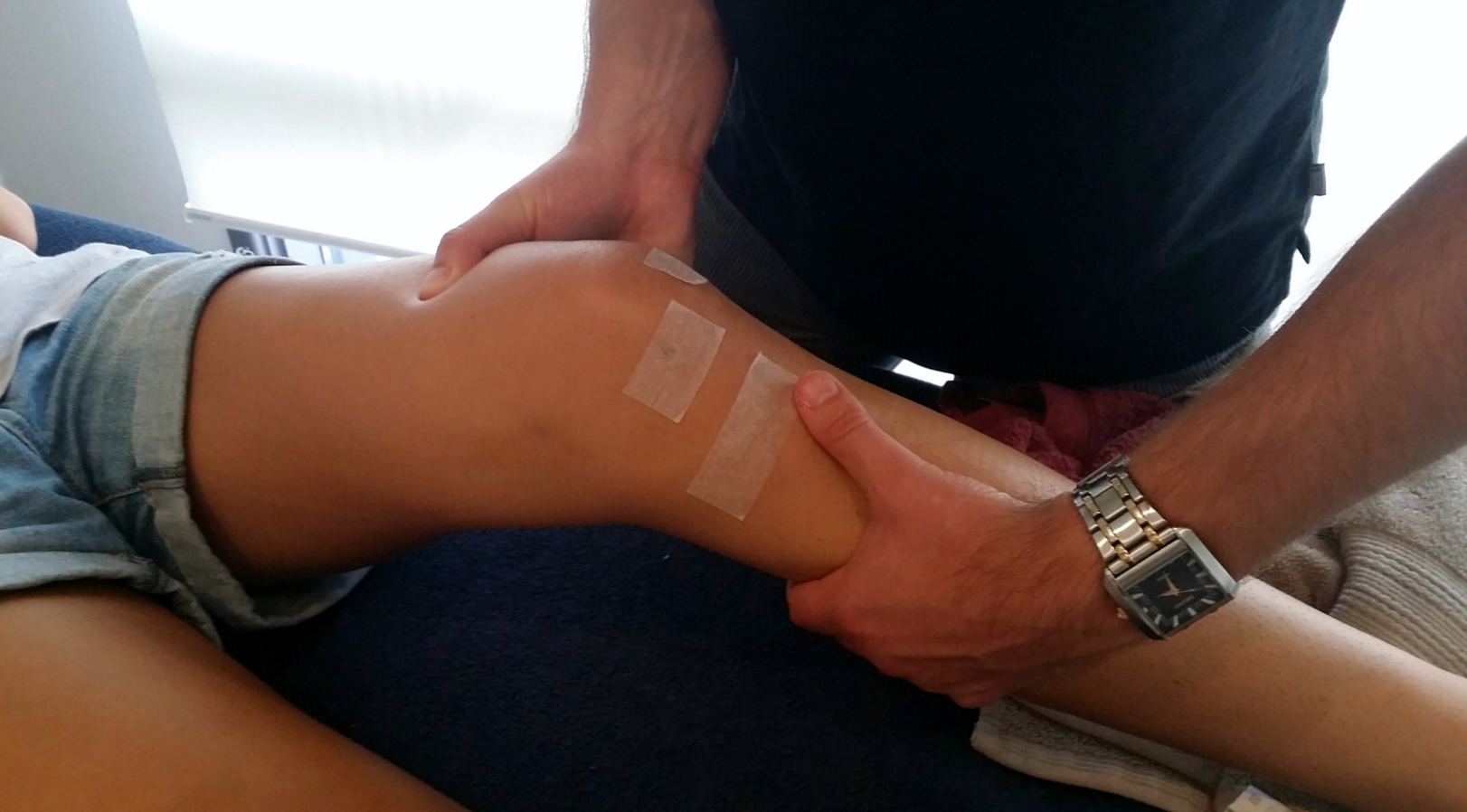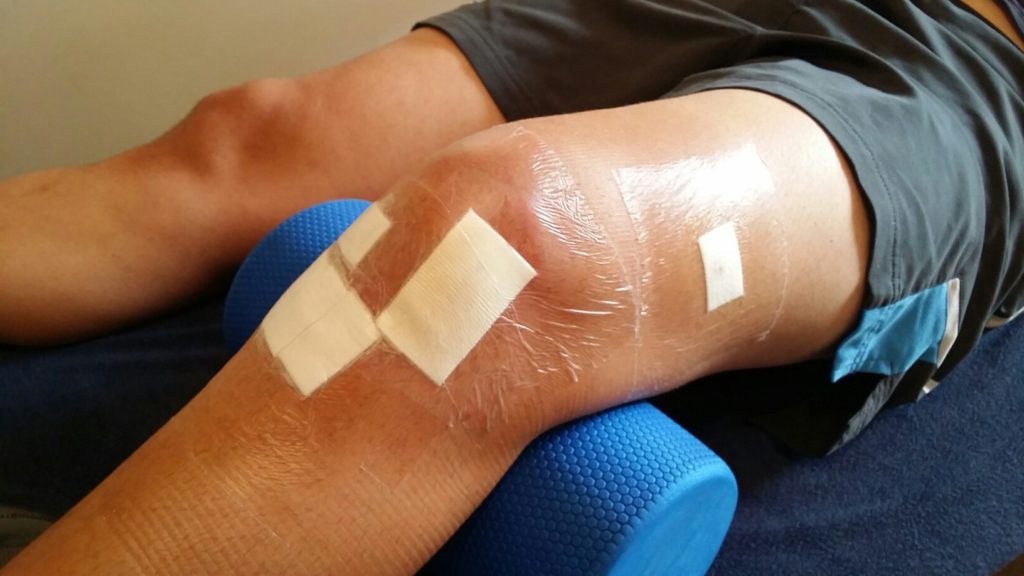If you have been unlucky enough to have suffered a sprain of your anterior cruciate ligament (ACL), then you know how painful and debilitating this injury can be.
A tear of your ACL can prevent you from fully participating in sports, and you may require surgery to help repair your ACL.
After an ACL injury, you may work with a physiotherapist to help you restore normal knee range of motion (ROM) and strength, decrease knee pain, and eliminate knee swelling.
If you require surgery, your physiotherapist can help guide you through your ACL protocol, and he or she can help you return to normal walking, running, and athletic activity quickly and safely.
Components of an ACL Rehab Program
An ACL rehab program will focus on many components to help you return to normal functional mobility. These include, but are not limited to:
- ~ Restoring ROM
- ~ Improving strength of your quadriceps, hamstrings, calves, and gluteal muscles
- ~ Decreasing pain and swelling in your knee
- ~ Gait training
- ~ Balance training
- ~ Plyometrics training
- ~ Return to function and normal athletics
One important component of working with your physiotherapist after an ACL reconstruction surgery is to develop strategies to help prevent future ACL tears. Some of these strategies include maintaining appropriate strength in your leg muscles and maintaining good balance and awareness of your body position.

Jumping and Landing Correctly to Prevent ACL Injury
Another way to help prevent injury to your ACL is to learn how to jump and land properly. If you are not taking off and landing properly when hopping and jumping, you may be putting your knees under excessive stress and strain, and this may ultimately injure your ACL in your knee.
To learn the proper way to jump and land to prevent ACL injury, you must first know the wrong way to jump and land. This involves jumping and landing in such a way that your knees rapidly come together when taking off from a jump or when landing from a jump.
When your knees come together while jumping, excessive stress and stain is placed on your knee, and your shin bone may rotate slightly. This rotation and strain through your knee joint may place your ACL under considerable stress, and this stress may lead to an ACL sprain or full tear.
When jumping, limiting the amount that your knees turn in and touch when taking off and landing may help to reduce the chance of injuring your ACL. By working with your physiotherapist and training properly to jump and land, the proper position of your knees will become second nature to you.
Here is how to practice jumping and landing in the clinic or gym:
- ~ Stand with your feet about shoulder width apart.
- ~ Place a small line across the floor in front of your toes, and place a mirror in front of you.
- ~ Hop with both feet over the line while watching in the mirror.
- ~ Be sure your knees do not come together when you are taking off or landing.
- ~ Hop backwards over the line, keeping your feet shoulder width apart and your knees apart when taking off and landing.
After performing several repetitions of the hopping, have someone watch you take off and land to ensure that your knees are not touching and that your feet remain shoulder width apart.
Jumping Progression
Once you have mastered hopping over a line, it is time to add a little more challenge to your training. To do this, you can use a plyometric box to jump onto and off of. Again, use a mirror to ensure that you are keeping your feet shoulder width apart and your knees do not touch when jumping or landing. Altering the height of the box can add more or less challenge as needed.
You can also challenge yourself by jumping sideways over a line or onto and off of a box. The goal remains the same-always land with your knees and feet apart.
Once you are jumping and landing properly on a regular basis with both feet (have your physical therapist observe you), it is time to progress to single leg hopping.
Start single leg hopping by jumping over one line on the floor. Hop forward and backwards, making sure your knee is not turning inwards when you take off or land. Once hopping over a line is easy, progress to box jumps with one leg, forward and backwards or side to side. Just be sure your knee stays over your toes and does not deviate inwards while hopping.
Remember, not all injuries can be prevented. But by learning to jump and land correctly in the clinic, you may be able to minimize your chance of suffering a knee ligament injury like an ACL sprain while playing sports.
Contact one of the physiotherapists at Jubilee before starting any exercise program to make sure it is safe for you to do. We can help you implement the right training plan, including correct jumping and landing, to help prevent ACL injuries.
Originally posted verywell.com February 23rd, 2016.






















